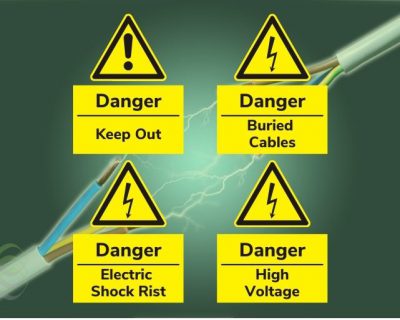Blog

Four Steps to Better Annual Planning – Accusonic
By failing to prepare properly, you are preparing to fail ” said the American statesman, scientist and philosopher Benjamin Franklin.
We’ve come up with a few tips and techniques – hope these different takes on making the annual plan help to fine-tune the process a little more.
Stay true to the company’s annual goals!
Make sure your plans for the department are in close sync with the Company’s annual goals. For example, if the company goal is to cut production costs it could be apt to invest in solar or wind energy to lower power costs. But if there is no budget for capital expenditure, it would be probably more appropriate to invest in training the technicians to ensure a 24X7 uptime and improving power quality.
The site was typical, it had all the pressures and challenges faced by almost every new project nearing completion, work was being simultaneously carried out by multiple electrical contractors on the same electrical Feeder.
In such a situation it is difficult to keep track of people doing electrical work and co-ordinate electrical supply accordingly. However, a simple system here ensured safety for everyone.
Question to ask: Which of your initiatives, budgets best feed into the efforts for achieving the company goals?
Leave a “legacy of the year”
Quite often, annual plans end up being like those planned for a particular season. In a similar vein, it is important to plan for a longer term than perhaps just one year. So how about thinking of at least one initiative in your department’s plan that will leave a mark on the years to come. Something that will be termed as a legacy of FY14!
Borrowing an analogy from the farming, it is congruent to planting a tree this year, so that you can enjoy its fruits for years down the line.
Question to ask: What seeds do we sow in FY14 for the harvest we want in FY17?
Plan in Advance for Failures.
Any failures to achieve goals are often dissected at the next annual meeting, when setting the new goals. While this process is crucial to the planning process, it also is retrospective. As they say, hindsight is always perfect vision. Now ask yourself, could you have anticipated any of those failures?
Assume the new factory planned by your company is scheduled to start production in September 2013. As you are planning for electrical systems, think and ask the team of the ways in which your plan can go wrong. It will help you to identify the risks in foresight and thus build a more robust plan. It would be worthy to revisit our discussion on Project Premortem here.
Some elements of the project look easy, completely under control or even simple at the planning stage and thus demand relatively less attention. Often, these simple and easy elements in the project are the ones that tend to go haywire when the action begins. Make it a habit, to think of ways in which these elements can jeopardize the project/ goals and accordingly plan for alternative solutions to deal with the situation.
Question to ask: What failure pits can we anticipate beforehand? How do we prepare to ride through them?
Finally, do not forget the simple power of every single day.
Big goals and small targets take up a huge portion of the work and time space. However, there are always small pockets of time which are free. In those pockets, while waiting for an approval to come through, or when reading a financial report, do something small.
Call a client, streamline a process, design a form – create a small task which completes in a few hours. The trick here is to do this every day. A small achievement every day adds up to 25 achievements a month, some 300-400 achievements a year, and so on.
More often than not, they fall snugly within the bigger picture, and end up bolstering the main goals quite a bit in the process.






